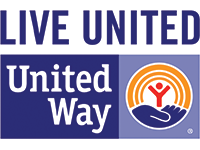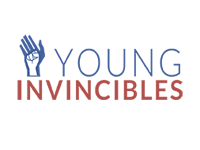The richer the neighborhood, the less it gives to charity
 •
•
There may be a reason why the rich stay rich.
Residents of areas with high standards of living, low poverty levels, and low crime tend to give less to charity than those in poorer areas, according to new research compiled by The Chronicle of Philanthropy, a Washington, D.C., periodical, which crunched data for 2,670 counties across the U.S. The study — “A Mismatch Between Need And Affluence” — singled out Utah for having counties that have higher rates of giving relative to their wealth, while counties in Massachusetts with higher levels of socio-economic well-being had lower rates of charitable giving.
The study cross-referenced data from the Chronicle’s study, “How America Gives,” which shows the share of income Americans in different parts of the country have donated based on their Internal Revenue Service tax returns, with the “Opportunity Index,” a nationwide report created by two antipoverty nonprofits, which assigns scores of socio-economic well-being to counties based on measurements such as housing costs, preschool attendance, Internet access, and percentage of residents with advanced degrees, among other factors such as volunteerism, access to health care and crime rates.
Counties in New England tend to give less — yet also have either moderate or high standards of living, while counties in Utah and the Southeast, where religious attendance is higher, have higher rates of giving, despite having low or moderate standards of living. San Juan County in Utah has an “Opportunity Index” — based on educational, economic and involvement in civic life — of 35.6% out of 100% but a giving ratio of 8.8% (anything above 7.9% is considered a high giving ratio). Hamilton County, N.Y., however, has a higher opportunity index of 56.6% and a giving ratio of just 3% (anything below 4.3% is considered low).
While some counties with a higher number of people who attend religious services in the south and counties in Utah often give more, that doesn’t explain all charitable giving. A smaller percentage of people in Lamoille County, Vt., for instance, identify as less religious than in its five neighboring counties, yet residents there gave nearly 4.5% of their incomes to charity, higher than all other New England counties. “Everybody knows everybody,” Dawn Archbold, executive director of the charity United Way of Lamoille County, told the Chronicle. “I think that really helps.”









